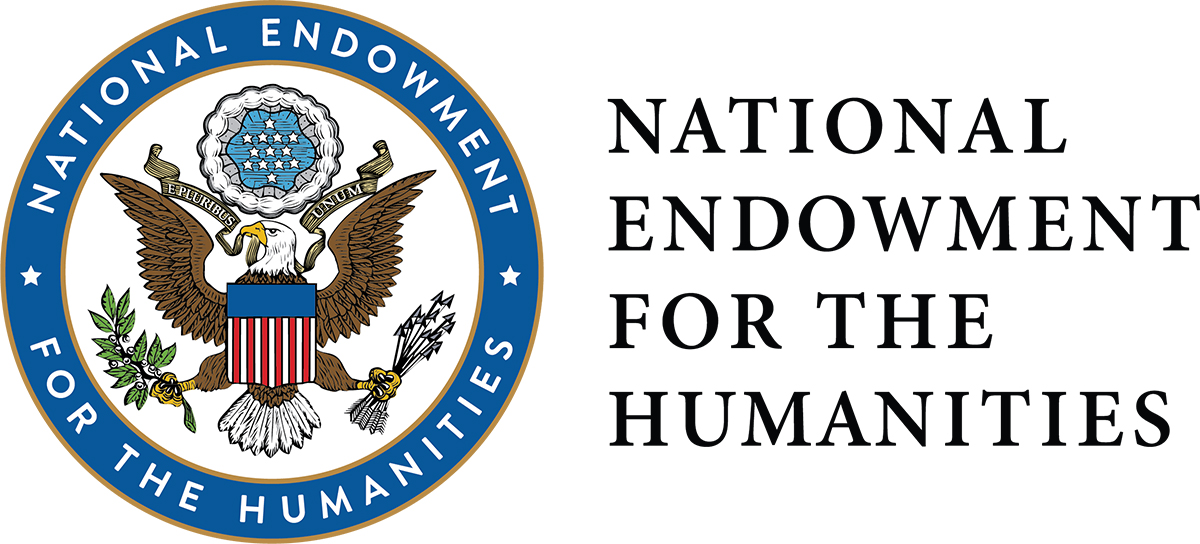FUNDING CUTS IMPACT CT HUMANITIES: Help CT Humanities navigate recent funding cuts and continue our vital work across Connecticut. All donations made to CTH will be matched dollar-for-dollar up to $50,000. Donate today!
Now Viewing:
Enfield
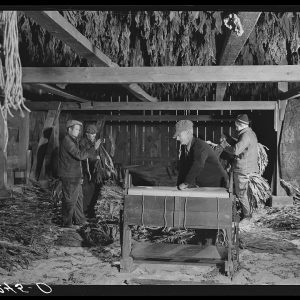
Polish Tobacco Farmers in the Connecticut River Valley
Many Polish immigrants found work on the tobacco farms in the Connecticut River Valley that specialized in the tobacco used for cigar wrappers.
Read
Hurricane Gloria: “Storm of the Century”
In September of 1985, Hurricane Gloria made landfall in Connecticut, causing approximately $60 million of damage in the state.
Read
Enfield’s Shaker Legacy
Shaking Quakers settled in Enfield and created the packaged seed business.
Read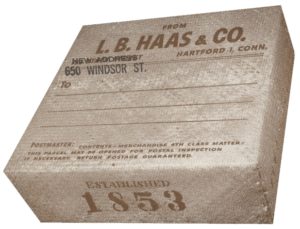
Cash Crop: L.B. Haas & Co. and the History of Tobacco in Connecticut
Louis B. Haas was a Dutch immigrant who opened a retail cigar store, Essman & Haas, on Central Row in Hartford in the late 1840s.
Read
Shakers Revolutionize Garden Seed Business – Who Knew?
Enfield Shaker-grown garden seeds, one of their best and most successful endeavors, were sold throughout the US in small packages.
Read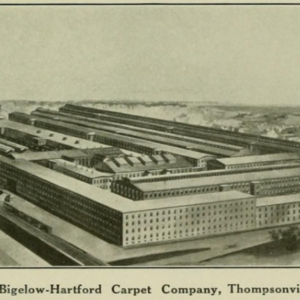
First Connecticut Carpet Mills Emerge in Simsbury and Enfield
In the 1820s, the first two notable carpetmakers emerged in the north central part of Connecticut—the Tariff Manufacturing Company and the Thompsonville Carpet Manufacturing Company.
Read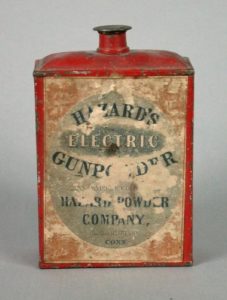
Colonel Augustus G. Hazard, Gunpowder Manufacturer – Who Knew?
By 1843, Augustus Hazard and partner Allan Denslow formed a joint stock venture called the Hazard Powder Company.
Read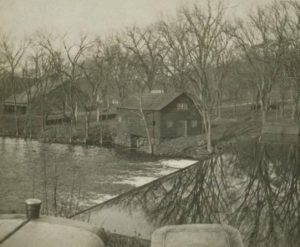
Powder Hollow in Hazardville – Who Knew?
40% of all the gunpowder consumed in the Civil War came from Powder Hollow in Hazardville (a part of Enfield, Connecticut).
Read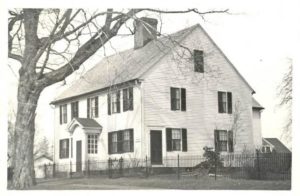
A Pioneering Woman in Business: Martha Parsons of Enfield
Enfield’s Martha Parsons broke new ground in her pursuit of employment opportunities for women. Her family home now belongs to the Enfield Historical Society.
Read
One-Legged Stools – Who Knew?
Hazard Powder Company employees sat on one-legged stools to keep them from falling asleep while working with dangerous materials.
Read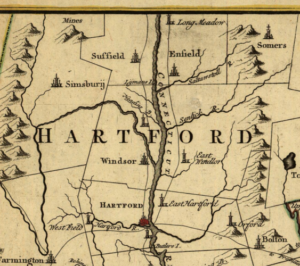
Levi Pease, Stage Route and Transportation Innovator
Somers, Connecticut, a small town near the state’s border with Massachusetts, was the site of a revolution in 18th-century transportation.
Read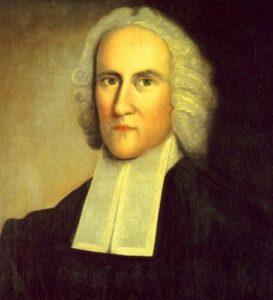
Jonathan Edwards’ Famous Sermon – Today in History: July 8
On July 8, 1741, theologian Jonathan Edwards spoke the words of the sermon “Sinners in the Hands of an Angry God” at a Congregational church in Enfield.
Read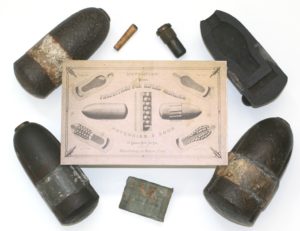
Connecticut Arms the Union
By the Civil War’s end, Connecticut had supplied 43% of the total of all rifle muskets, breech loading rifles and carbines, and revolvers bought by the War Department.
Read
“Negroes Who Stand Up and Fight Back” – Paul Robeson in Hartford
Called the “greatest mobilization of police in the city’s history,” the event that brought law enforcement out in force to Keney Park was not a riot, not a strike, but a concert by this singer-actor and activist.
ReadMore Articles


